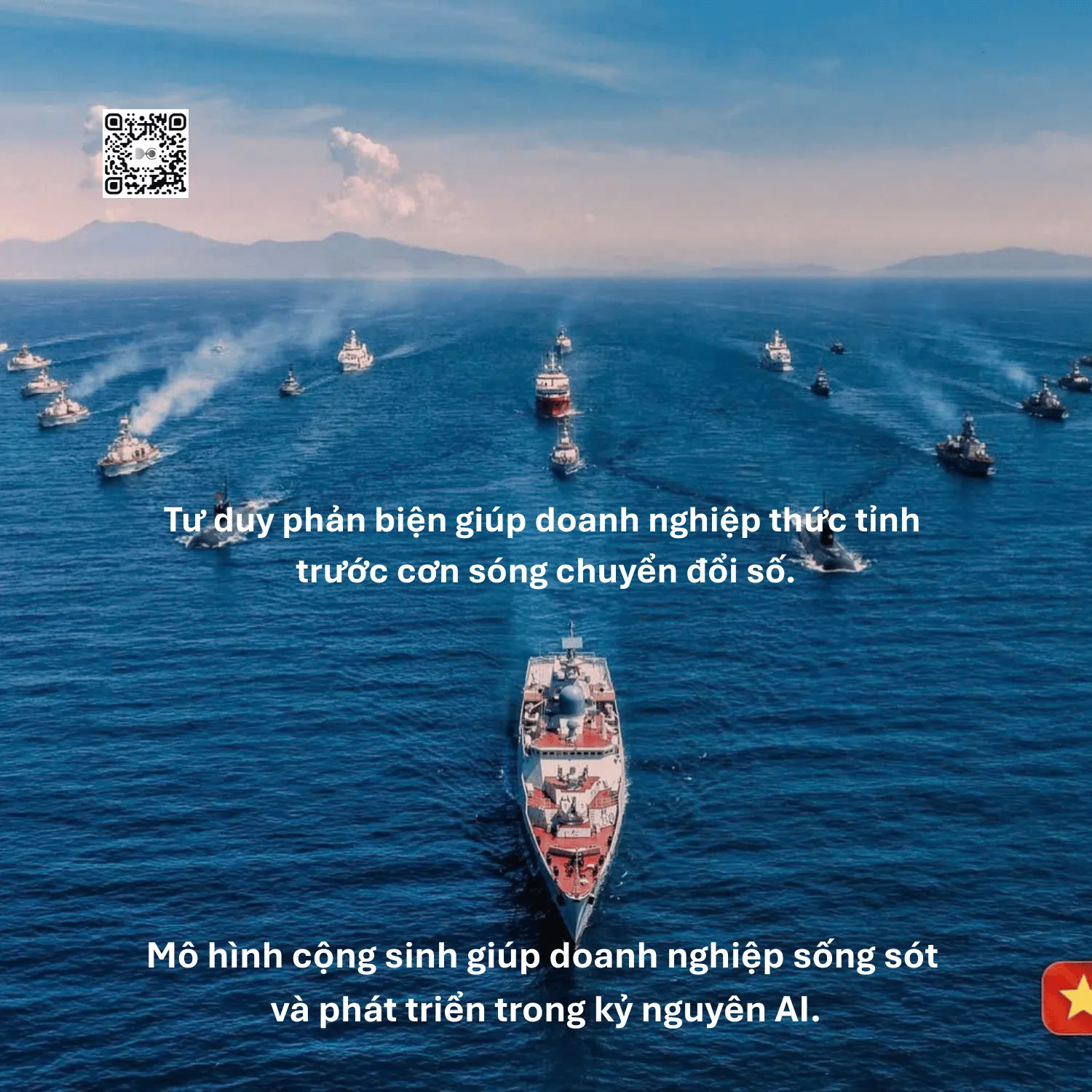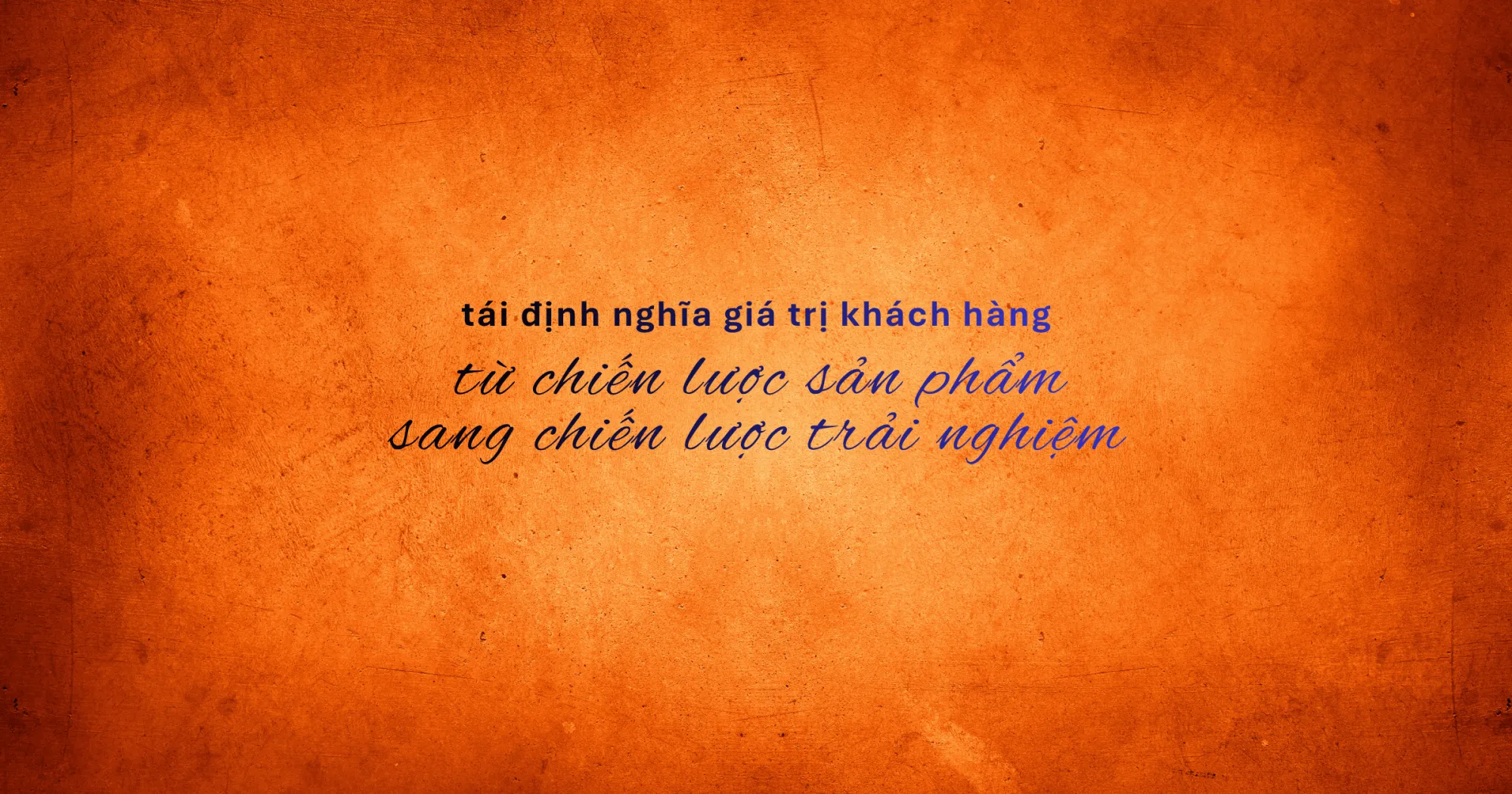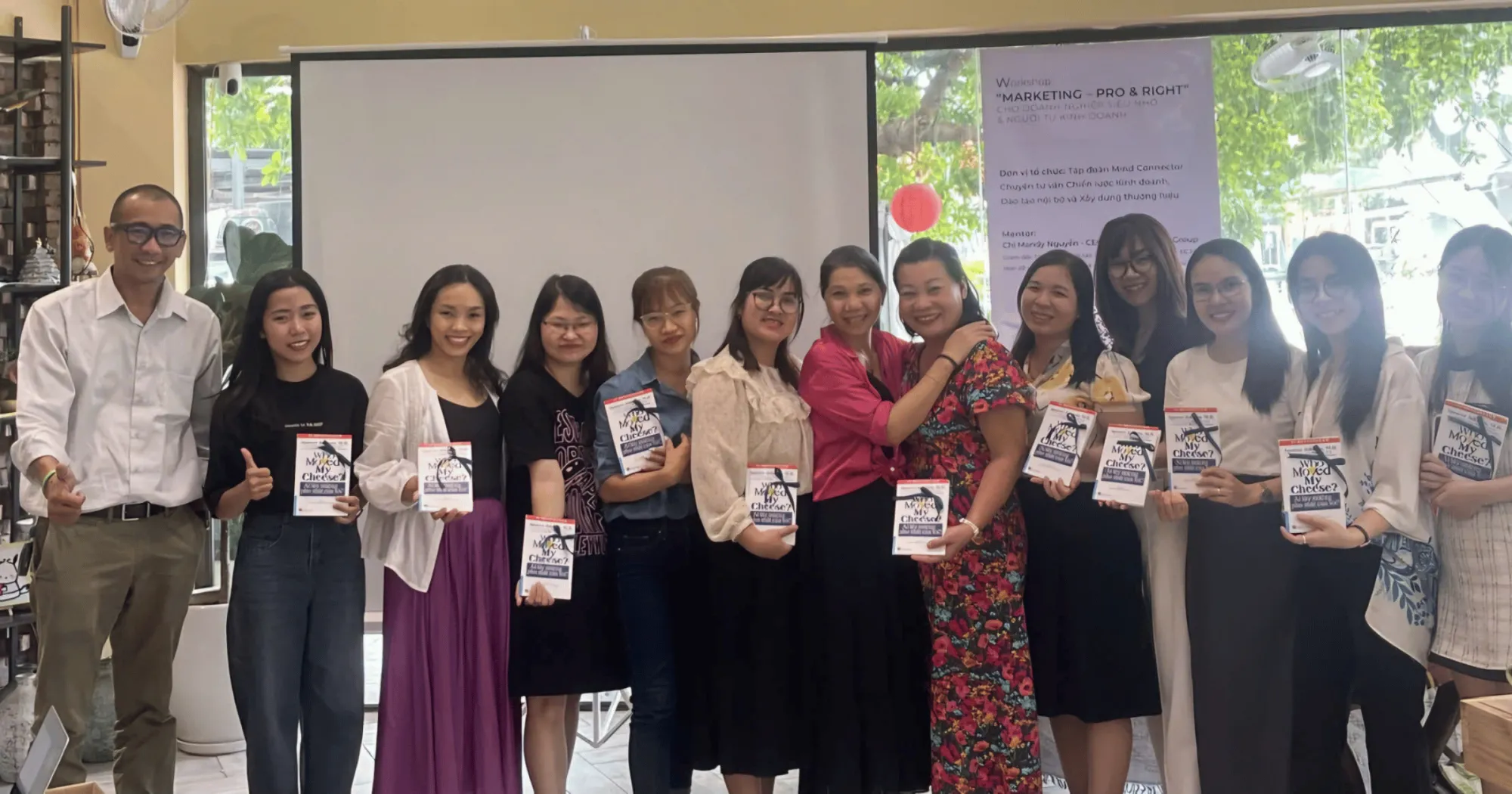The business world is no longer a race for speed, but a test of critical thinking and symbiotic models. When technology and AI have largely automated operations, humans need to relearn how to think: not just to win, but to develop together in an open ecosystem. Strategy, therefore, is no longer a standalone plan, but a symbiotic model between people – data – technology and digital processes.
Old Strategy: Linear Thinking in a Nonlinear World
For decades, businesses have been basing their strategies on the logic of “I do – I win – I dominate the market”. Every business model revolves around competition, dominance, and secrecy.
But as digital technology opens up boundaries, this linear thinking becomes obsolete. Data is no longer private, customers are no longer loyal to brands, and value chains are no longer closed. Exclusive strategies become fragile in the face of open models.

Critical Thinking: Not to Reject, but to Restructure
Critical thinking in strategy building is not about rejection or criticism. It is the ability to question the model itself:
- Is what I am doing still relevant in a digital context?
- Where can my processes be automated?
- Where will AI replace me, and where do I need to upgrade?
Criticism helps leaders “unpack” old thinking – which is limited by past success – to see the new structure of the market.
At that time, strategy is no longer something that is written and “framed”, but a living plan, self-updating according to real-time data and context.
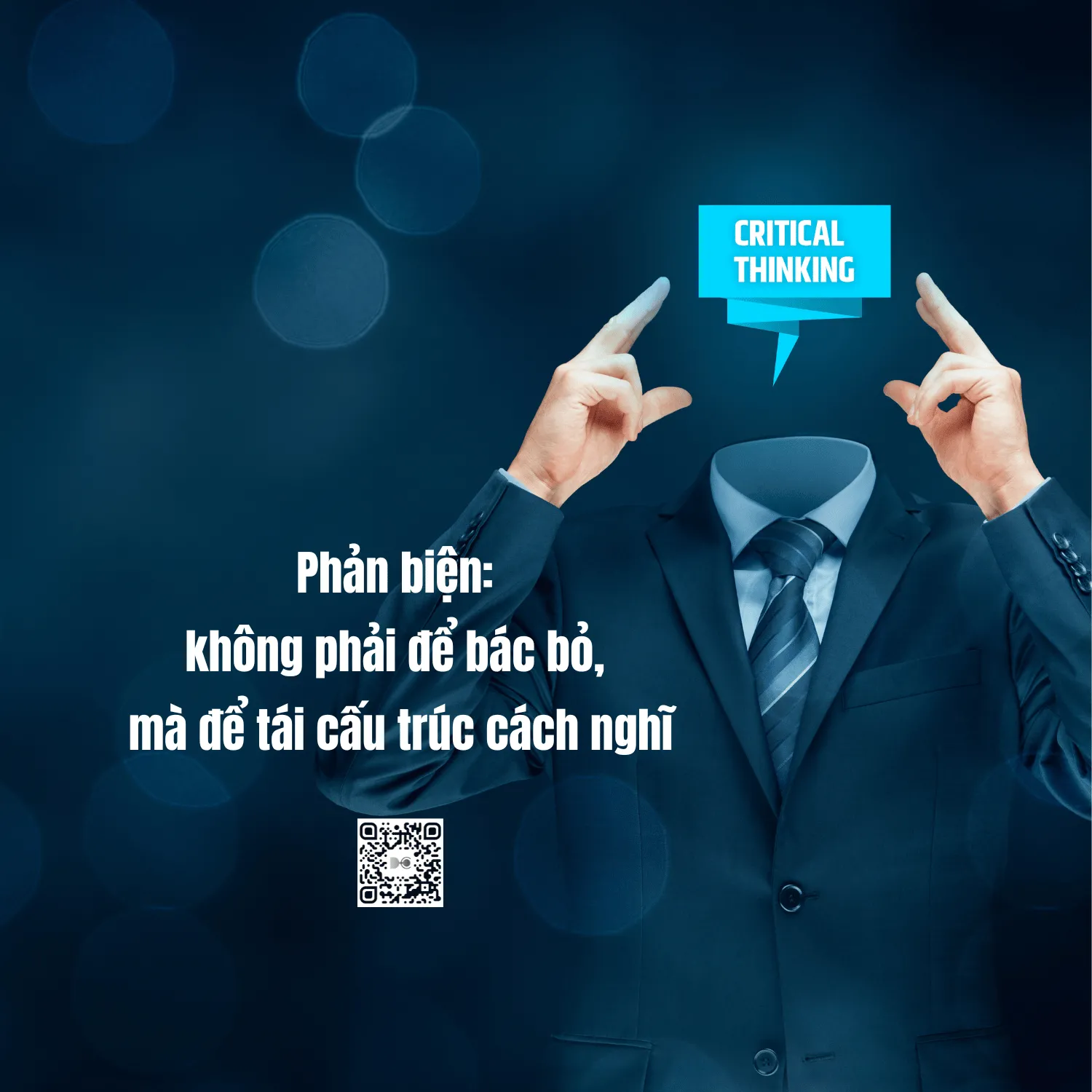
The symbiotic model – strategy does not lie within a single enterprise
Today’s leading enterprises do not stand alone: they connect and symbiosis in open value chains.
An AI platform is only strong when fed with data from many industries. A digital process is only optimal when it involves suppliers, agents, customers and even competitors – in a win-win mechanism.
For example, in the logistics industry, warehouse and transportation management systems are gradually integrating common data via APIs – something that was previously “taboo”.
The symbiotic strategy therefore no longer revolves around the question “What do I have that is better than my competitors?” but “What can I share to make the ecosystem stronger?”

AI and Digital Processes – From Tool to Strategic Partner
A common mistake is to view AI as just a productivity tool.
In fact, AI is becoming a strategic partner: it not only works faster but also thinks differently.
AI helps businesses:
- Identify hidden customer behavior patterns in data.
- Predict risks and make strategic recommendations in real time.
- Automate decision-making in repetitive steps.
When businesses understand and collaborate with AI as a partner, strategy shifts from “human-on-data thinking” to “human-data-algorithm symbiosis thinking”. And that is where strategy enters the era of true reflection and symbiosis.
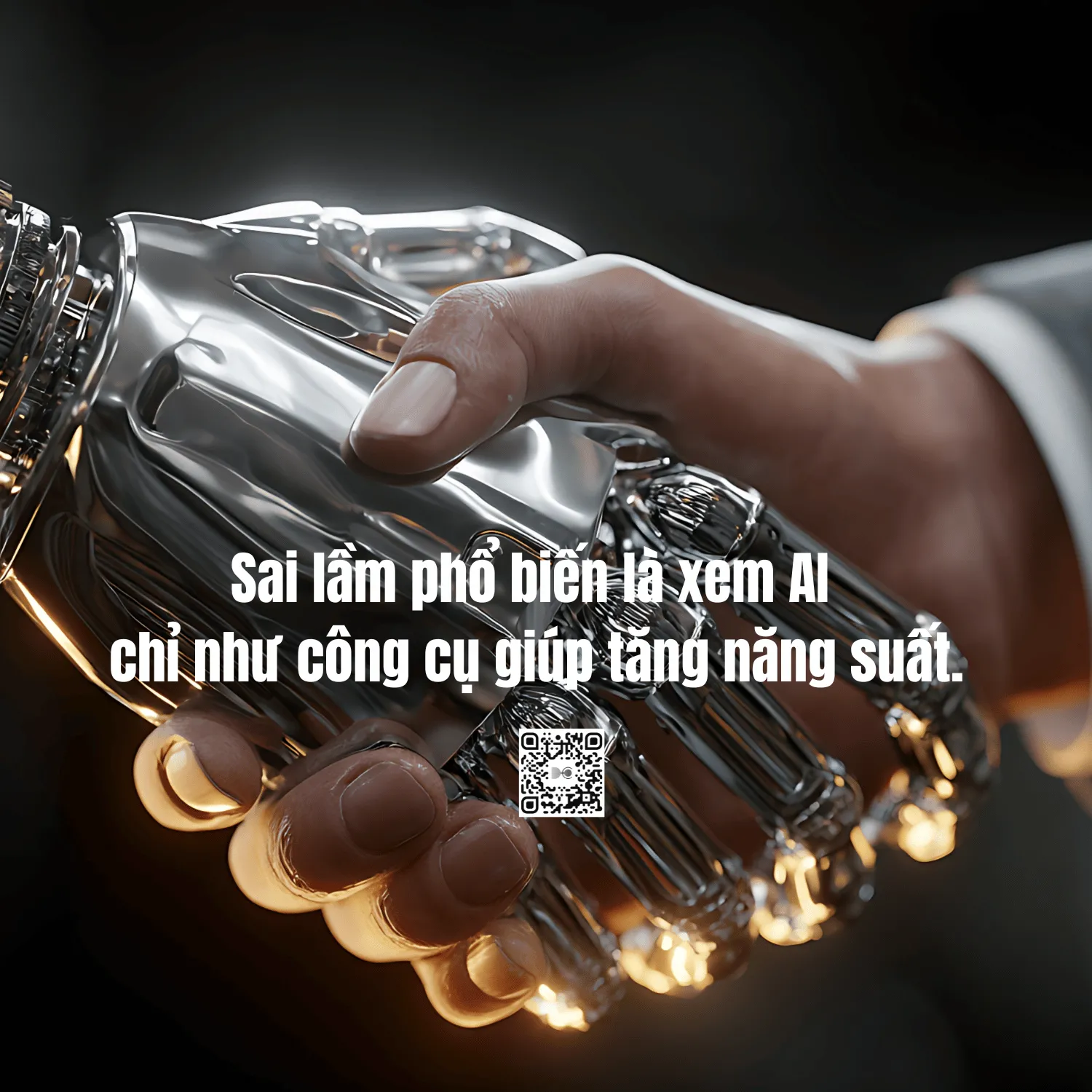
The New Strategy: Agile, Interactive, and Continuous Learning
In the world of automation, strategy is no longer a 3-5 year plan.
It is a continuous learning process, fueled by data, feedback, and AI touchpoints.
A strong strategy is not about “getting it right” from the start, but about being able to “change direction quickly while staying true to itself.”
It is the symbiotic capacity of the organization – where each component (people, technology, processes) can self-reflect, self-adapt, and self-reinvent.
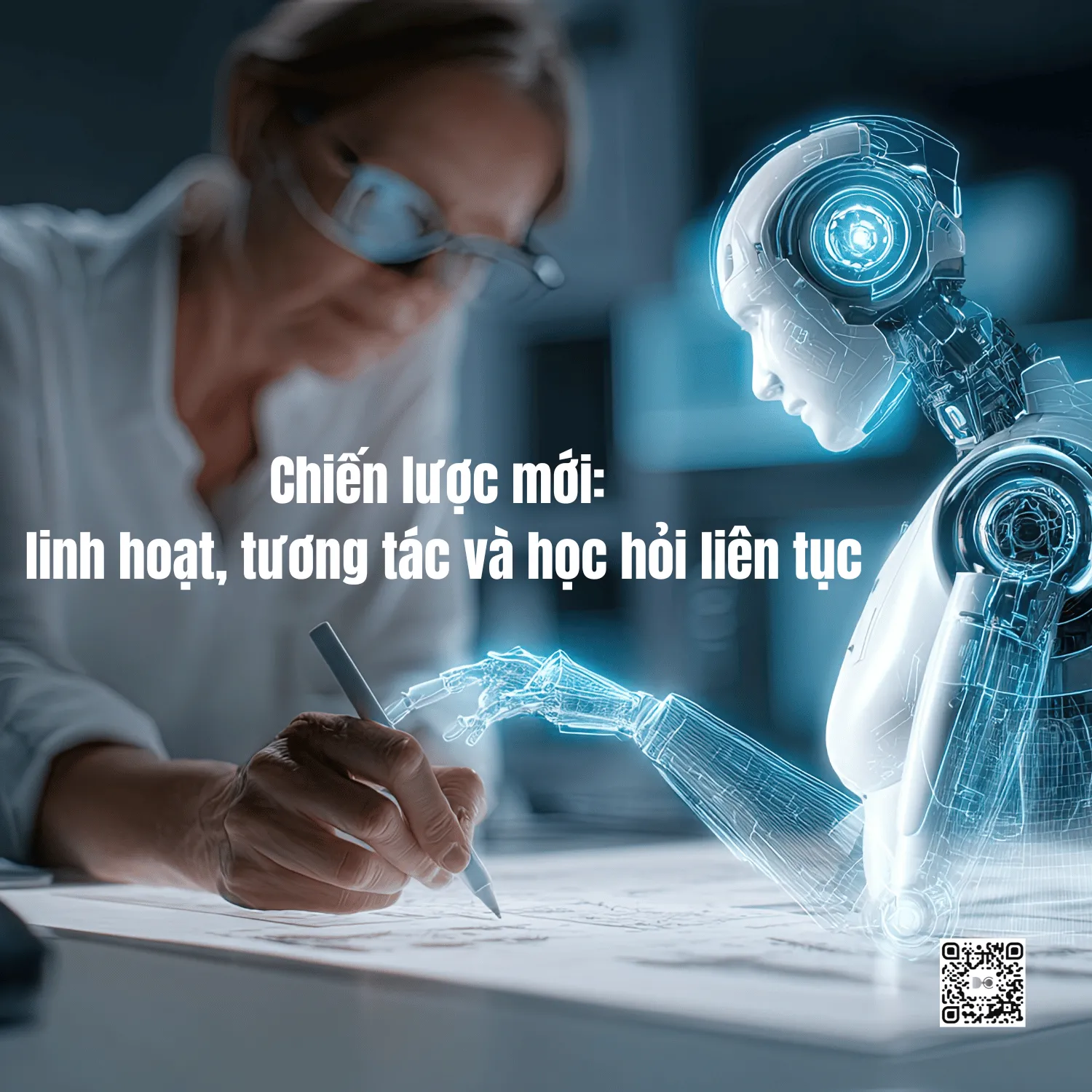
Conclusion
Critical thinking helps businesses wake up to the wave of digital transformation.
The symbiotic model helps businesses survive and develop in the AI era.
And when these two elements combine, strategy is no longer a static plan, but a dynamic ecosystem – where every decision, data and people are connected for one goal: sustainable development in an automated world.
